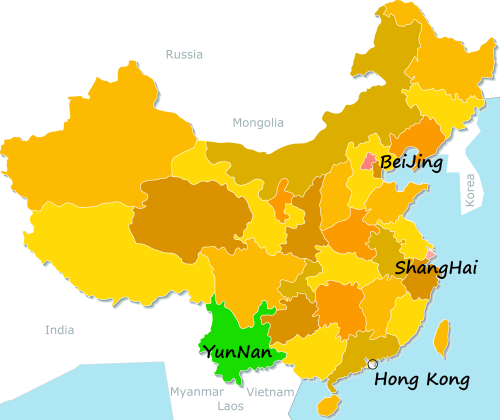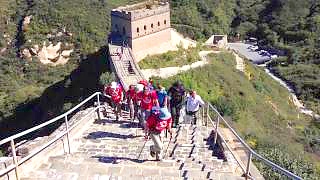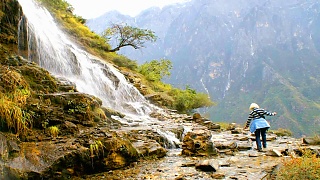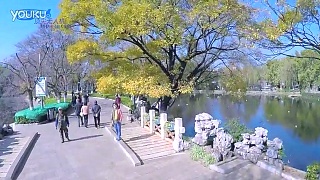With JHMedium ...
[640],shadow=true,start=,stop=Welcome to Tiger Leaping Gorge
Explore one of the deepest gorges in the world
About Tiger Leaping Gorge
Tiger Leaping Gorge, located in Yunnan province, China, is one of the deepest and most spectacular river canyons in the world. It lies between Jade Dragon Snow Mountain and Haba Snow Mountain, with a maximum depth of approximately 3,790 meters (12,434 feet). The gorge is part of the Three Parallel Rivers of Yunnan Protected Areas, a UNESCO World Heritage Site.
Hiking Trails
High Trail
The High Trail is the most popular route for hikers. It offers stunning views of the gorge and the surrounding mountains. The trail takes 2-3 days to complete and passes through various guesthouses and small villages.
Lower Trail
The Lower Trail follows the Jinsha River and provides an up-close experience with the river and the sheer cliffs. This trail is less challenging and can be done in a single day.
Middle Gorge
The Middle Gorge trail is a more adventurous option, featuring steep descents to the river and opportunities to get close to the Tiger Leaping Stone, where legend has it a tiger leaped across the gorge.
Famous Guesthouses
Jane's Guesthouse
Located at the trailhead in Qiaotou, Jane's Guesthouse is a popular starting point for hikers. It offers basic accommodation, meals, and information about the trails.
Tea Horse Guesthouse
Situated along the High Trail, Tea Horse Guesthouse provides comfortable rooms and excellent views of the mountains. It's a great spot for an overnight stay.
Halfway Guesthouse
Halfway Guesthouse is known for its stunning panoramic views of the gorge. It is roughly halfway along the High Trail, making it a convenient stop for hikers.
Tina's Guesthouse
Located near the end of the High Trail, Tina's Guesthouse is a popular place to stay before heading to the Middle Gorge. It offers good food and comfortable accommodation.
Transport
Tiger Leaping Gorge is accessible from major cities in Yunnan province. Here are some ways to get there:
- From Lijiang: Buses and private transfers are available from Lijiang to Qiaotou, the starting point of the gorge. The journey takes about 2-3 hours.
- From Shangri-La: There are regular buses from Shangri-La to Qiaotou, taking approximately 4 hours. Private transfers are also an option.
- By Car: If you prefer driving, you can rent a car and drive from Lijiang or Shangri-La to Qiaotou. The roads are well-maintained, and the drive offers scenic views.

 Tiger Leaping Gorge hiking trek, YunNan province
Tiger Leaping Gorge hiking trek, YunNan province


















